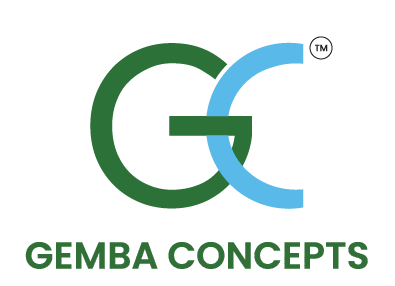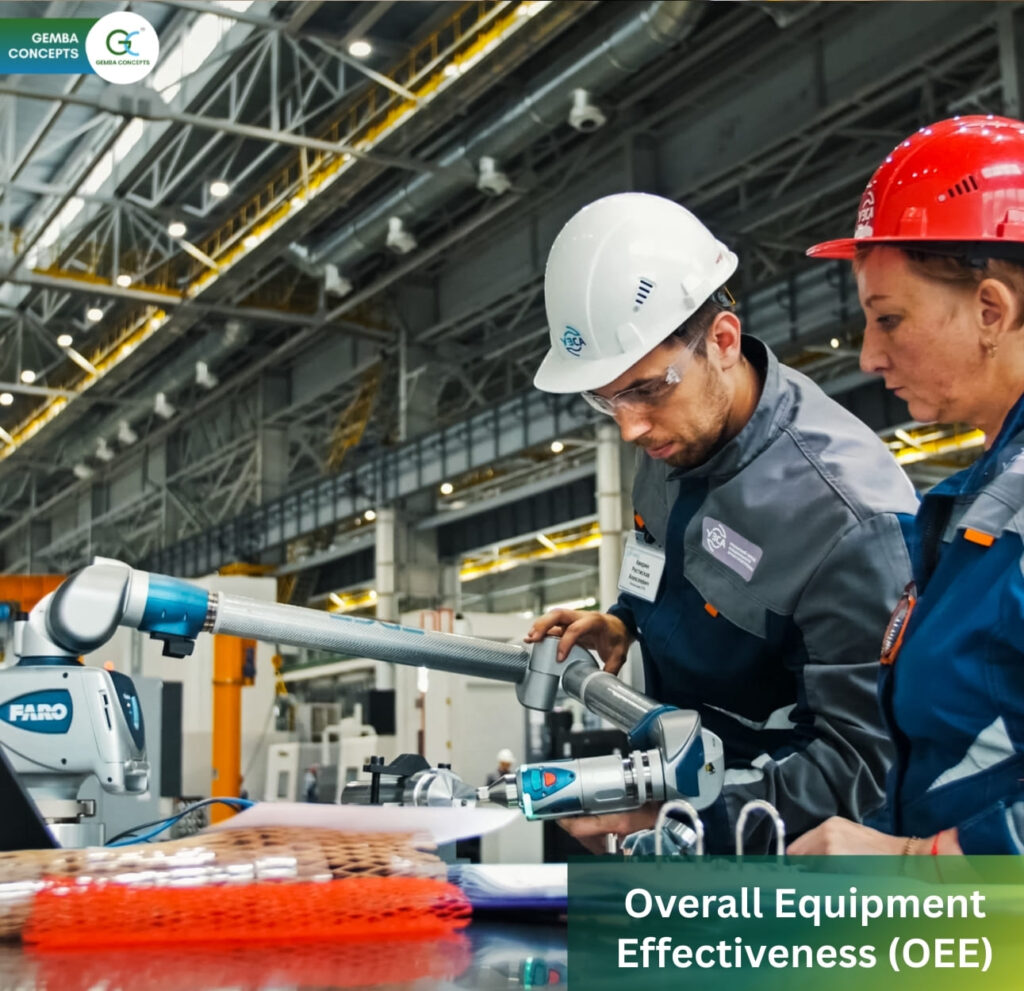
The core idea behind Inventory Management is straightforward always have an adequate level of stock not too much not too less. As Profitability of an organization will directly depend on rightful inventory management since inventory level whether it’s above or below partially affected the cost of manufacturing. Well the idea sounds easy methodology and implementation is a very complicated process and without the use of adequate technology this is more time-consuming activity.
Organizational competitiveness is very important these days Inventory management is one of the key aspects of this as it can diminish the competitiveness of a business organization by increasing the overall operation cost and decreasing margin values. Quality issues such as degradation and potential obsolescence are also results of poor inventory management.
Hence it is very important to have an adequate inventory balance within the organization. Key teams (PPIC, Procurement, Production, Warehousing, Logistics) related to inventory management must work in a synchronized manner to optimize the risk of stocking too much inventory which will cure inventory holding cost or stocking out of buffer level which will result in production loss as well as delay in the deadline and Organizational values.
Inventory Type in Inventory Management
As the article moves ahead, we should get families with the main type of inventories within the organization enlisted below:
- Raw Material
The core resources required in the manufacturing of any goods are termed Raw Materials. The raw material is the primary requirement of any production system. The feedstock or unprocessed goods are a basic part of the raw materials inventory.
- Work-in-progress goods
Partially completed or semi-finished goods are part of WIP inventories. These are the goods that are currently in process at any certain department of a manufacturing facility.
- Finished Goods
Completed products that are in term ready for market or customer or consumer are called finished goods inventory. These inventories are ready for sale to final customers.
- MRO inventories
Additional spare required for purpose of Maintenance, Repair, and Operations is called MRO inventories. These inventories come in handy to keep organizations running. e.g., Lubrication repair tools, and surplus operation tools.
- Merchandise
The inventory is bought from the supplier by the seller for retail sales.
- Transit Inventory
Inventory in the pipeline between one Transit location to another Transit location is called Transit Inventory.
This inventory is with a logistical system. Inventory transfer between supplies and manufacturing firms is an example of transit inventory.
- Anticipation Inventory
Due to unforeseen demand during different seasons festival organizations will always remain uncertain about the supply and demand of products.
With this seller also buys and manages additional inventories with anticipation of a rise in demand for a certain type of products Hence Anticipation Inventory takes check over that firm didn’t run out of stock while demand rises.
- Buffer Inventory
Safety Stock kept by a manufacturing firm to overcome any type of delay or quality failure so that due production can be matched on the due date without any delay is called Buffer Inventory.
- Decoupling Inventory
In continuous running production, there might be a chance of a problem with the machine so to tackle these problems and damage on time organizations use decoupling inventories.
These inventories proved themselves as a backup system for production and didn’t let the system slow down due to damage or breakdown.
- Cycle Inventory
The component of the total amount of inventory that is for fulfilling the regular demand is Cycle Inventory. It inhabits the material which will be utilized primarily for the fulfilment of customer demand in the standard manufacturing cycle of an organization. The finished product of these inventories has constant sales and they get replenished inside a continuous loop hence embarking the cycle inventory.
Inventory Management Tactics and Methods
Apart from the inventory management system we use, it is also essential to adopt the use of inventory management tactics and methods as it will help in the improvement of the overall inventory management system.
Not only the overall inventory management but the inventory kept in the warehouse and storage area should be properly Vigilance. To achieve proper warehouse, control few tools are suggested below
- Air-free storage
- Bend free
- Count free
- Search free
- Heavy material on the ground
- Fast consumables near the entrance
- Climb free
- Adequate lightening
- Adequate ventilation



